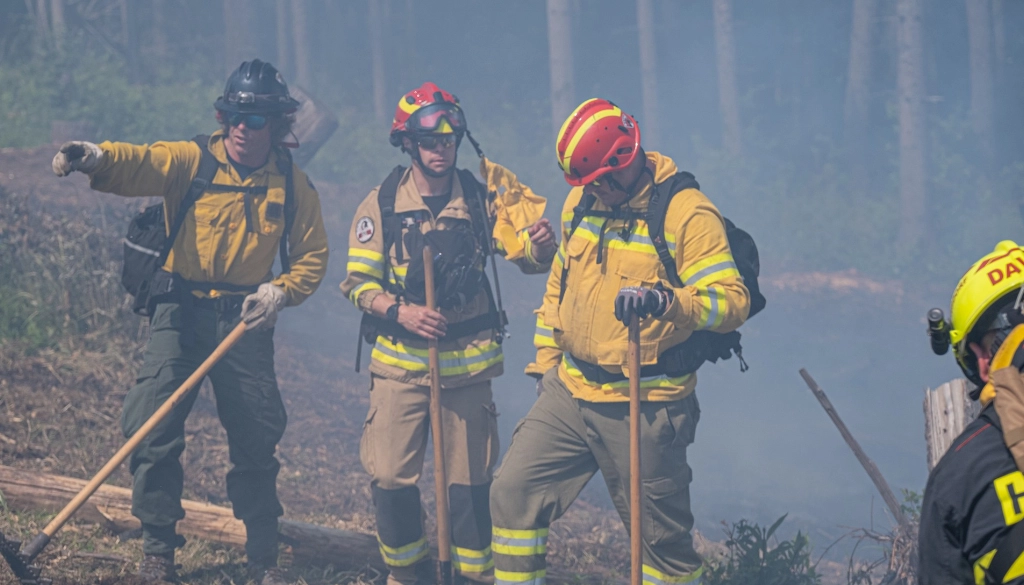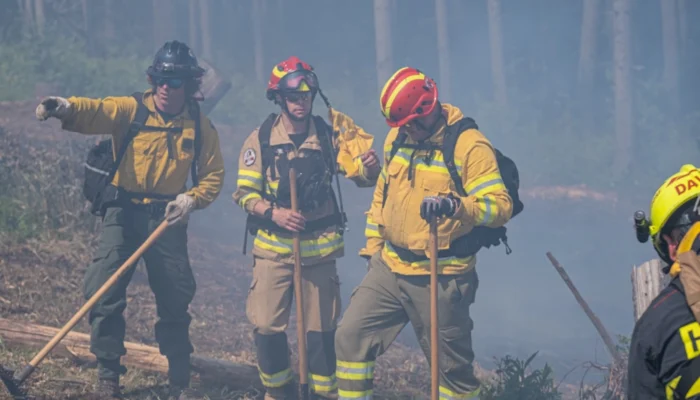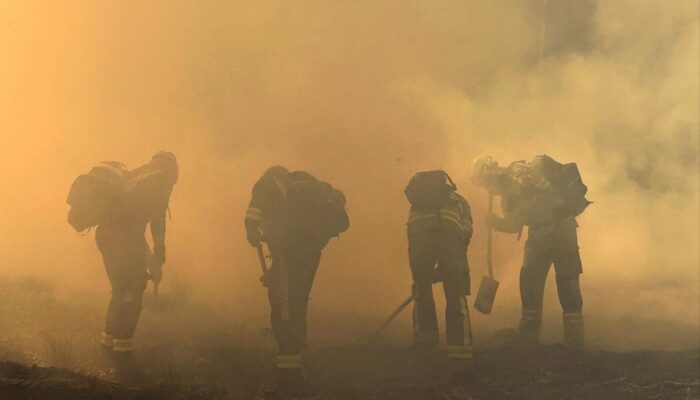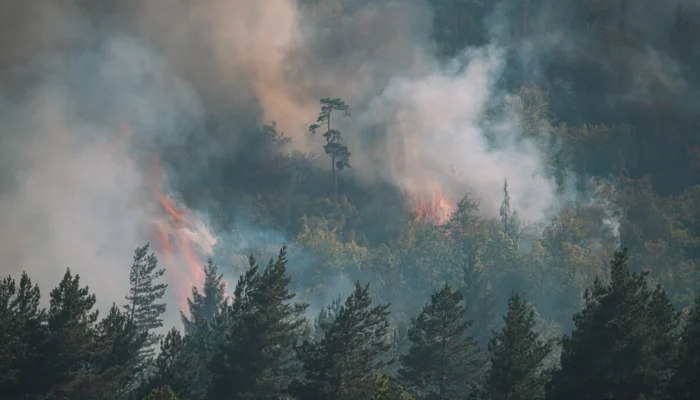If you’ve ever watched thick smoke rise above the trees or seen crews in yellow gear battling flames in the wilderness, you’ve probably wondered how those brave men and women became wildland firefighters. These individuals are specially trained to fight fires in forests, grasslands, deserts, and other natural areas far from cities and roads. Their work is intense, physically demanding, and sometimes dangerous—but also incredibly important, especially as wildfires become more common due to climate change. If you want to join their ranks, it all begins with wildland firefighter training, which teaches you the essential skills and knowledge to safely and effectively respond to wildfires.
.
Table of Contents
ToggleWhat is a Wildland Firefighter?
A wildland firefighter is someone who fights fires in nature, such as forests, mountains, and grasslands, where there are no buildings or paved roads. Unlike structural firefighters, who work in towns and cities and respond to house fires, car accidents, and emergencies in buildings, wildland firefighters work out in remote locations where they often have to hike for miles just to reach the fire line. They might carry their gear on their backs, use hand tools to dig trenches that stop fire spread, and camp out for days while working in rugged terrain.
This kind of firefighting takes a lot of endurance, teamwork, and training. Wildland firefighters don’t just put out flames—they also help prevent fires from starting by clearing brush, thinning trees, and educating communities about fire safety. Their job is made even more difficult by changing weather patterns, strong winds, and unpredictable fire behavior. (To learn more about what drives fire behavior, check out The Science Behind Wildfire Behavior: How Wind and Terrain Impact Fire Spread.)
That’s why proper training is absolutely necessary and why most employers won’t even consider hiring someone until they’ve completed wildland firefighter training.
.
Wildland Firefighter Training Requirements
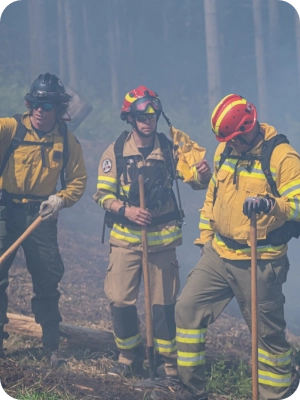
To start a career in wildland firefighting, you’ll need to meet several basic qualifications. You must be at least 18 years old, have a high school diploma or GED, and be in excellent physical condition. More specifically, most agencies require candidates to pass a physical fitness test known as the Work Capacity Test, or Pack Test, which involves walking three miles in 45 minutes or less while carrying a 45-pound backpack. This test is required because the job often involves long hikes in extreme heat, carrying heavy equipment, and working long shifts with little rest.
In addition to being physically fit, you may also need certifications in CPR and First Aid, which are offered by local organizations like the American Red Cross, community colleges, and even some fire departments. While these certifications are not always mandatory, they are strongly recommended, and many employers prefer applicants who already have them.
However, the most important step in becoming a wildland firefighter is completing official wildland firefighter training, which consists of specific courses approved by the National Wildfire Coordinating Group (NWCG). These include S-130 (Firefighter Training), S-190 (Introduction to Wildland Fire Behavior), L-180 (Human Factors in the Wildland Fire Service), and often IS-700 (Introduction to the National Incident Management System). These courses cover everything from how fires behave in different weather conditions to how you can stay safe while working on a fire crew. They are the foundation for every wildland firefighter’s career.
.
Types of Training Programs
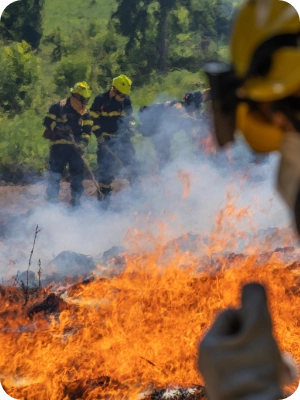
The most common entry-level training programs include the S-130 and S-190 courses, which are usually taught together. The S-130 course teaches the basic tasks and responsibilities of a wildland firefighter, such as using tools, understanding fire suppression tactics, and staying safe on the fireline. The S-190 course introduces fire behavior, including how fuel, weather, and topography influence how fires spread. For a deeper look at how different fuel types affect wildfires, you can also read Wildfire Fuel Types: How Different Vegetation Affects Fire Behavior.
In addition to S-130 and S-190, you’ll also take L-180, which focuses on communication, decision-making, and teamwork under pressure. Many agencies also require or recommend I-100 (Introduction to the Incident Command System) and IS-700, which teach you how to operate within a national emergency response system. Together, these courses help prepare you for both day-to-day firefighting and larger emergency operations.
Most of this training can be completed in about one week, especially when the courses are offered together as a bundle. Some agencies might add orientation days or extra physical fitness assessments, but the core instruction itself is designed to be fast-paced and efficient. In many cases, the classroom material can be completed online, followed by in-person field exercises to practice what you’ve learned.
You’ll also need to pass the Pack Test mentioned earlier, which is usually taken at the end of the training week. This test is not only a hiring requirement but must also be renewed every year if you plan to return for multiple seasons. Physical conditioning is taken very seriously in this field, because being out of shape can put you and your teammates at risk during a wildfire.
Training is offered through various organizations, including federal agencies like the U.S. Forest Service, the Bureau of Land Management, and the National Park Service. Some state agencies, tribal fire programs, and nonprofit organizations also provide training. In some areas, community colleges and fire academies have added wildland firefighter courses to their curriculum, giving you more options for where to begin your journey.
.
Certification and Hiring Process
Once you finish your wildland firefighter training, you’ll be issued a certificate and receive what’s commonly known as a Red Card, or Incident Qualification Card. This card shows that you’ve completed the required training and are qualified to work on a wildfire incident. It’s your passport to getting hired by public agencies and private contractors who fight wildfires across the country.
With your Red Card in hand, you can begin applying for jobs. Many wildland firefighter positions are seasonal, meaning you’ll work during the fire season—usually from late spring through early fall—when wildfires are most likely to occur. These positions are offered by the U.S. Forest Service, state forestry departments, national parks, and private firefighting companies that contract with the government.
To improve your chances of being hired, it’s helpful to apply to multiple agencies and to start the process early in the year, often by January or February, since hiring for the fire season usually starts well before summer. Having additional skills or certifications, such as chainsaw operation or EMT training, can also make your application stand out.
After being hired, you’ll go through an orientation period and may receive additional training specific to your team or region. You’ll be issued Personal Protective Equipment (PPE) like flame-resistant clothing, gloves, helmets, and goggles. You’ll also be introduced to the tools you’ll use in the field, such as drip torches, Pulaskis, and water pumps, and you’ll learn safety procedures that are specific to your crew’s tactics and fire zone.
.
Career Path and Advancement
When you begin your career, you’ll usually start as a crew member on a Type 2 hand crew. These crews are responsible for building fire lines, digging trenches, and supporting fire suppression efforts on the ground. As you gain experience and show leadership, you can move into more specialized and elite teams.
One of the most respected roles in wildland firefighting is serving on a Hotshot crew, which is a Type 1 hand crew that takes on the most difficult and dangerous fire assignments. Hotshots are expected to hike long distances, work in steep terrain, and handle some of the hottest parts of a wildfire. Another advanced role is becoming a Smokejumper, a firefighter who parachutes from planes into remote areas where wildfires have started. Both of these roles require extra training and years of field experience.
If you prefer leadership or planning roles, you might work your way up to becoming a Squad Boss, Crew Boss, or even an Incident Commander. These positions involve organizing and managing other firefighters, making safety decisions, and developing strategies to fight fires. To qualify for these roles, you’ll need to complete higher-level courses such as S-290 (Intermediate Wildland Fire Behavior) and S-230 (Crew Boss Training), among others.
.
Consider the Wildland Firefighter Apprenticeship Program
Another excellent pathway to consider is the Wildland Firefighter Apprenticeship Program (WFAP). This program combines on-the-job experience with classroom instruction and allows you to work while you learn. The apprenticeship usually takes 12 to 48 months to complete and leads to journey-level firefighter status, which can help you move into year-round employment and higher-level positions. This program is especially helpful for those looking to build a full-time career in wildland firefighting rather than just working seasonally.
.
Conclusion
Becoming a wildland firefighter is more than just a job—it’s a calling that requires courage, dedication, and a deep respect for nature. From the moment you step into your first training course, you begin a journey that will test your strength and shape your future. Whether you’re working in the backcountry, managing fire lines, or leading a team through dangerous terrain, you’ll be part of something bigger than yourself.
As wildfires continue to grow in size and intensity, the need for trained, committed firefighters has never been greater. Wildland firefighter training is not just a requirement—it’s a vital first step that prepares you for the real-world challenges you’ll face on the fireline. With the right wildland firefighter training, physical preparation, and mental focus, you can earn your place among the professionals who protect our forests, wildlife, and communities from the destructive power of wildfire.
If you’re ready to work hard, stay strong, and serve with purpose, this could be the start of a powerful and rewarding career. So take the first step, get trained, and prepare to answer the call.
